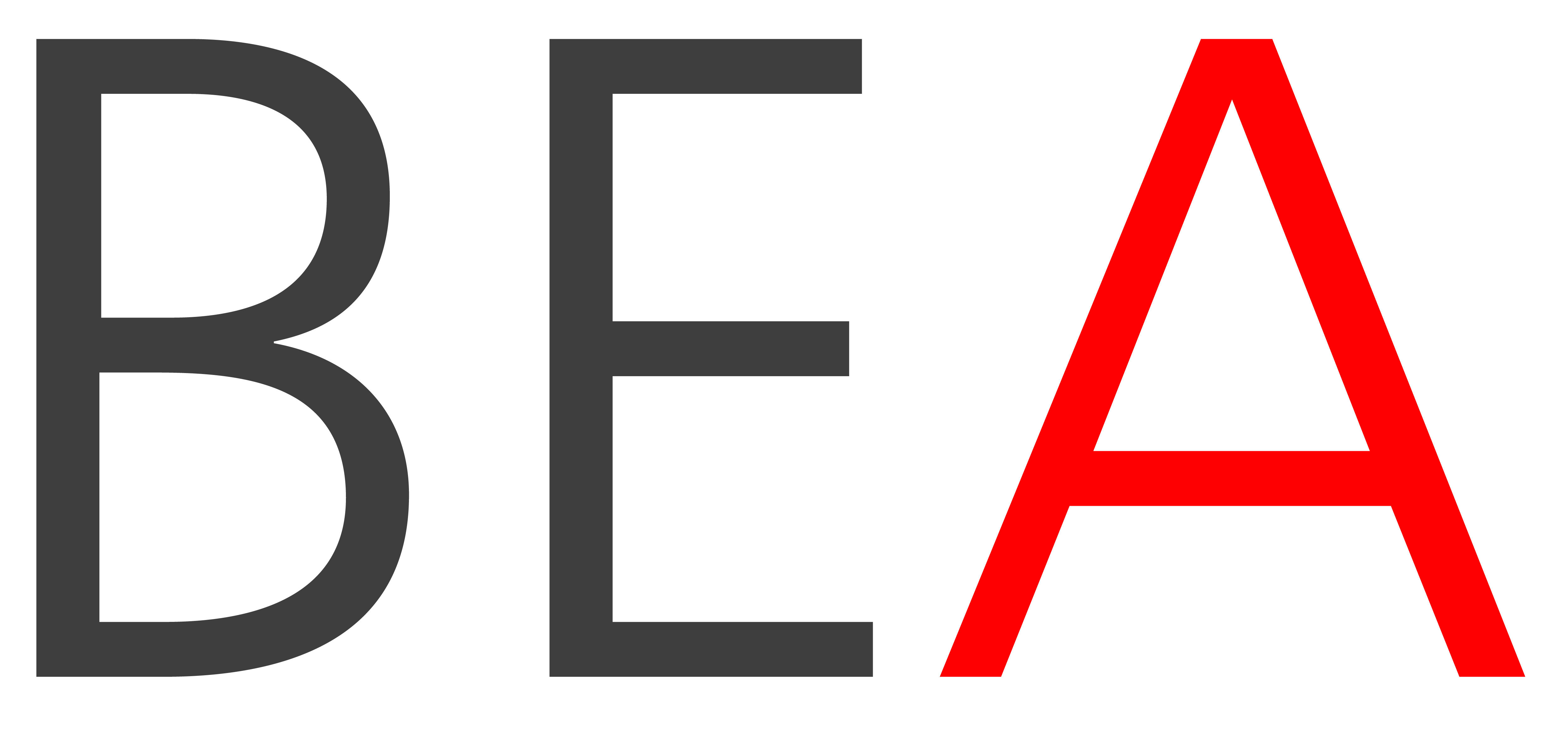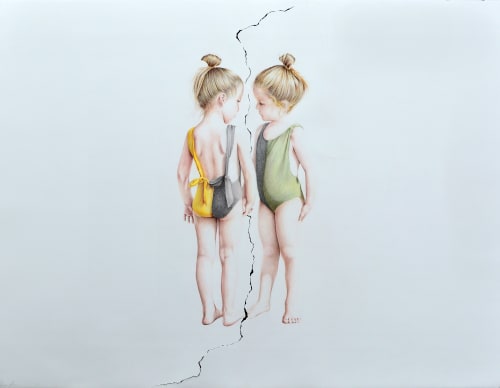"Apuchumala" is a neologism that, in its strictest form, refers to a feeling of ambivalence; one between anguish and pleasure.
In being unable to find a word or concept to define this feeling, I recurred, childishly, to making something up. Beatriz Esguerra Art is pleased to announce rising Colombian artist, Pablo Arrázola's first solo exhibition at the gallery.
"Apuchumala" is a neologism that, in its strictest form, refers to a feeling of ambivalence; one between anguish -produced by the intimidating and overwhelming sense of the infinite- and pleasure, stemming from the desire for knowledge and the reflection of our existence's insignificance with regards to the universe.
Why draw children? Why draw inspiration from youngsters of a certain age, who are in their period of discovery and their world presents itself not as something new, but as something entirely their own? Adults are slaves to certain conditions: education, society, cultural heritage, religion, even memory. Arrázola understands children as Nietzsche's last transformation of the spirit: innocent, carefree, without ties or duties, empowered, and lacking memories or limits that coerce them. Their spirit is so free, that we find them reflecting on or manipulating their reality, transforming and adapting their space as if it were a game, maybe even unconscious that their limits consist merely of paper and a frame, and that their realities remain, in fact, within the drawing itself.
There is something childish about assuming someone else is responsible for making sense of our lives. Life is, after all, as insignificant, senseless or wonderful as we want to make it. This is what ends up happening in each of the works: a dialogue is established between the figure and the medium. The artist uses paper as the site where the relationship between the viewer and the work will flourish; a relationship that appeals to their experiences, their motivations, and their memories. Each child is a reflection, a game of mirrors that repeats itself with each viewer like the aphorism of the eternal return. The children rip, transgress, and adapt their world as they search for the answers to essential questions that have always captivated us as a species: Who are we? Where do we come from? Where are we headed?
Everyone has different ways of approaching these questions and in the artist's work, the profound and infinite paleness of white on white and its relationship with the children, conscious of their condition in the medium, becomes an analogy, a suggesting image that encourages the viewer to ask themselves about their own reality, formulate their own questions, and find their own answers.


